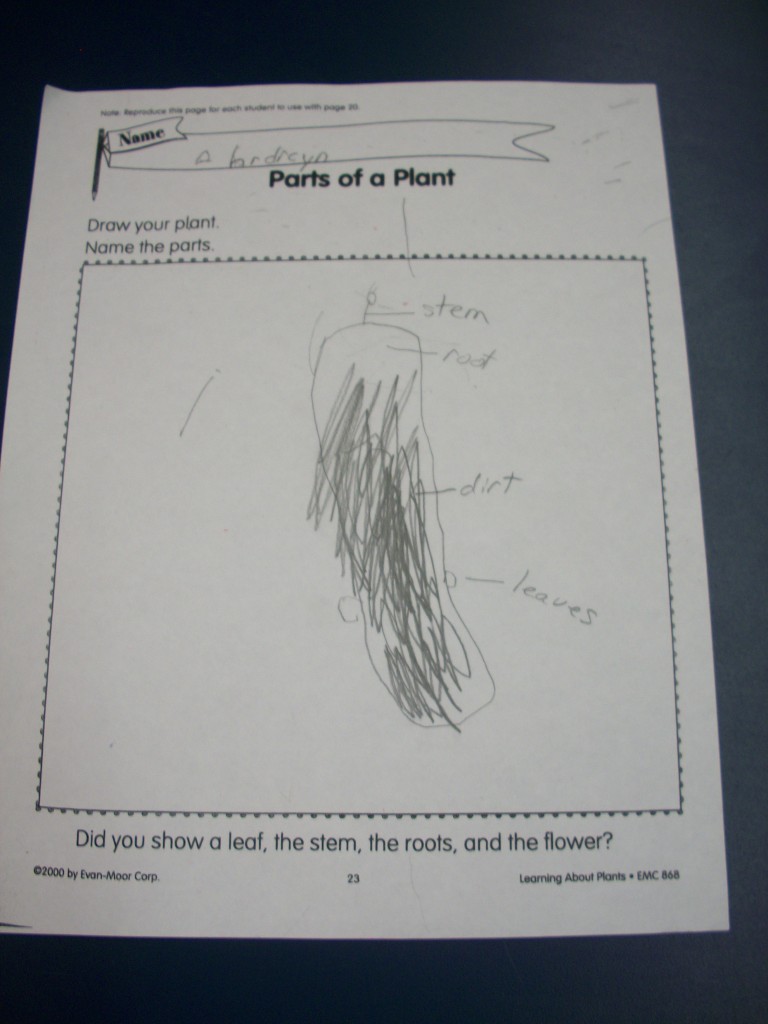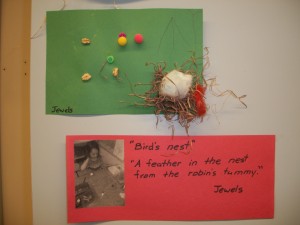by Angela Yeaman
I recently read this quote on an early childhood blog I follow (Journey Into Early Childhood, 07/31/2013 post: Documentation-pondering a quote):
“Documentation is not pretty pictures of engaged children. Rather, it captures the thinking process: What motivates [students] to begin, continue, change direction? What were the breakthroughs, the pivotal remarks or actions? How did they solve the problems? The goal is to enable whoever reads a panel to understand what the child attempted and how they went about it, to see stimulus, process, and outcome.”
A. Lewin-Benham
This reflection on a main purpose for documentation resounded with me and specifically connected to the reading I have been doing in the book, Windows on Learning: Documenting Young Children’s Work, 2nd ed. By Judy Harris Helm, Sallee Beneke and Kathy Steinheimer.
Given the young age (3-5 year olds) of children that are a part of the projects and learning done in Prekindergarten it can often been challenging to truly share and celebrate the important learning and growth that is documented in children’s work.
Our classroom documentation then becomes a key piece in sharing the thinking, learning and growth of our students with an outside audience.
As emphasized by Helm, Beneke & Steinheimer (2007), “One value of documentation is the ability it gives us to share the importance and thought that goes into learning experiences that may not produce patently impressive products” (pg.16).
A “simple” drawing included in a display and the learning it represents for the child cannot be fully understood by an outside audience without the added narrative of the teacher.
Consider this drawing done by a 4-year old Prekindergarten student during an inquiry about plants.

Without the added labeling by the teacher the understanding this student is developing about different parts of a plant would not be evident.
Consider this documentation of a 4-year old Prekindergarten student during an inquiry about Spring and birds.

Without the added photo and quote from the student accompanying the work created, an appreciation of what the student understands about birds and nests would not be developed by an outside audience.
As I continue supporting Prekindergarten teachers with their use of documentation I am challenged to explore how can we use our documentation to:
• Understand our students better
• Provide insights into students growth
• Inform our teaching and professional development
• Allow others to see into the learning experiences in our classroom
